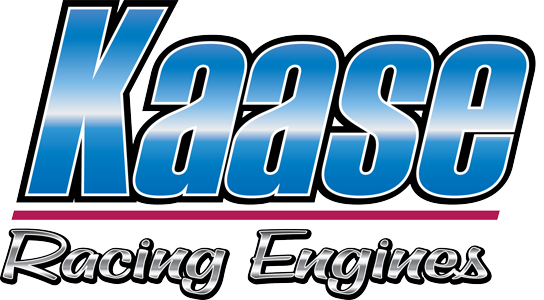A quick analysis of Kaase Racing Engines’ accomplishments began in the mid-nineteen seventies in professional drag racing. More recently, in 2016, the firm extended its engineering interests to off-shore competition, including the rebuilding of Mercury racing engines as well as power units for Poker Run and other prestigious pleasure boats. Kaase’s marine presence has brought a few favorable comments!
Based in Sarasota, Florida and rigged by Grant’s Signature Racing, Supercat is a spec class that embraces boats powered by twin, naturally aspirated big-block Chevrolet engines restricted to 510cu in. They’re required to run Brodix cylinder heads and limited to 7,000rpm, 0.720in valve lift, and with a single distributor and carburetor. The 2019 events featured 7-10 competitors and raced at 8-10 venues from Michigan to Key West.
Grant Bruggerman, owner/rigger of Grant Signature Racing and team throttle-man writes, “Kaase Racing provides us with great, dependable power, meticulous attention to detail, and excellent customer service. We could not ask for more.”

Racers Anthony Brash, owner and throttle-man, and Sheldon Edghill won the 95mph class of the 2019 Trinidad and Tobago Great Race. They also won their class in 2019 Trinidad and Tobago Championship.
“Those Kaase guys are brilliant,” says Energiza crew chief Barry Podmore. “I first met them in 2016 when they were preparing the championship-winning engines for the Miss Geico team. We spoke and soon after I engaged them to build and maintain the power units for the Energiza team—twin Kaase Boss Nine naturally aspirated Ford engines.”
Ninety-four miles in distance and organized by the Trinidad and Tobago Powerboat Association, the annual Great Race is one of the world’s longest off-shore events. It comprises six maximum speed classes: 50, 60, 70, 80, 95, and 130mph. Monitored by GPS transponders, any boat found exceeding its class speed limit is automatically disqualified. Each year, as the Energiza team won its class, they would ascend the speed ladder to the next level. However, their current boat is unsuited to 130mph racing, so for 2020 they’re aspiring to repeat their 2019 efforts.

2019 Trinidad and Tobago Great Race 130mph class winner. Crew comprises Ken Charles (driver), Darin Marshall (throttle man) and Devindra Joseph (navigator). Mr. Solo Too is powered by twin Kaase supercharged big-block Chevrolet engines.
“It was soon apparent that there is much more to Kaase’s organization than just a natural ability—they are obviously competent engineers. But they are also excellent communicators, discussing engine specs and alternative combinations. In addition, they are intensely competitive and relish the challenges of power boat racing. But raw power is only one element of a race builder’s armory. Kaase’s team has also delivered on time.” – Ken Charles

Powered by two Kaase Mercury twin turbo 1650 engines, prominent force Miss Geico became 2017 SBI & OPA unlimited class World Champions / 2018 SBI & OPA National Champions and the 2018 OPA World Champions.
Power from these premier class engines in 2017 and 2018 was derived from two 550cid V8 twin-turbocharged engines configured with double overhead cams, each generating 2,000hp and propelling the boat up to 200mph.

Performance Boat Center/Jimmy Johns Supercat racing team is based at the Missouri reservoir, the Lakes of the Ozarks.
Throttle-man Myrick Coil says, “The real measure of competitiveness in off-shore racing is accessing strong and reliable engines and cultivating a competent team. With Kaase we have found both: powerful twin big-block Chevrolet engines and access to their engine builders.”



 Big Boss: Kaase raises the bar with new SR-71 Big Block Ford Cylinder Heads
Big Boss: Kaase raises the bar with new SR-71 Big Block Ford Cylinder Heads Jon Kaase has won this year’s Amsoil Engine Masters Challenge Vintage class with a 473ci 1958 MEL (Mercury-Edsel-Lincoln) engine. Exploring the classic turf in distinctive fashion, it was not the first time Kaase had arrived with an unorthodox relic endowed with bewildering technology.
Jon Kaase has won this year’s Amsoil Engine Masters Challenge Vintage class with a 473ci 1958 MEL (Mercury-Edsel-Lincoln) engine. Exploring the classic turf in distinctive fashion, it was not the first time Kaase had arrived with an unorthodox relic endowed with bewildering technology.